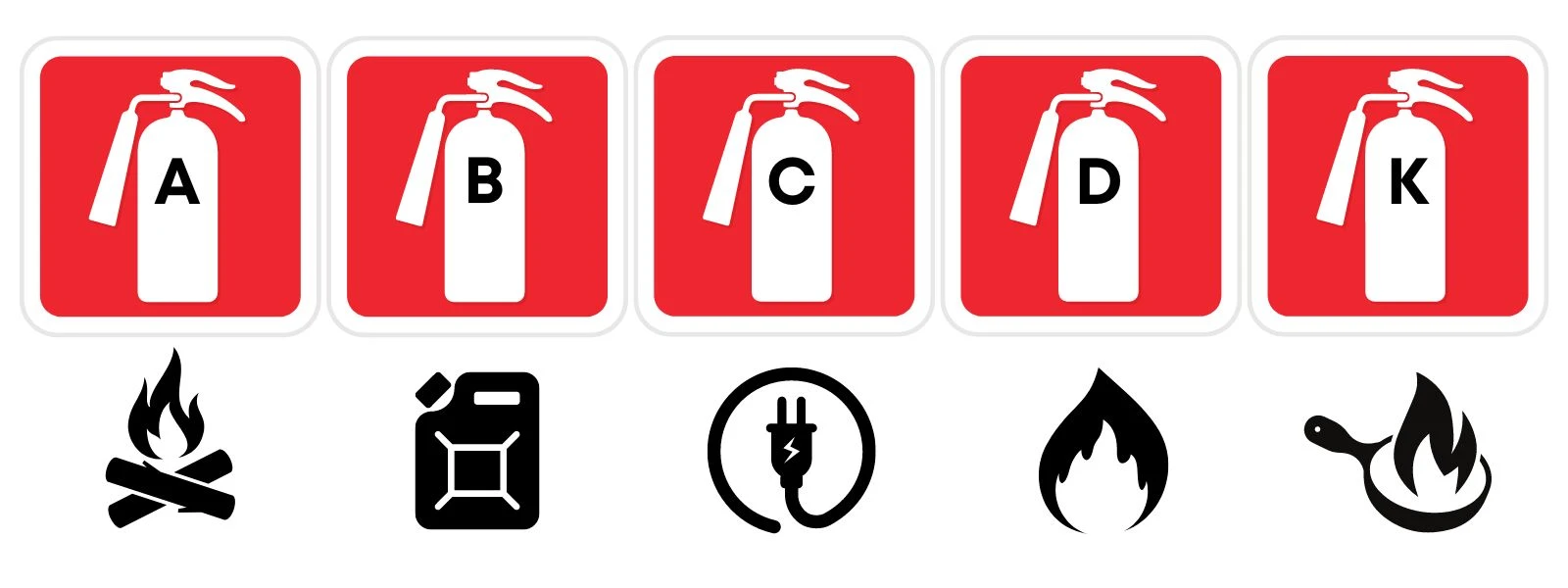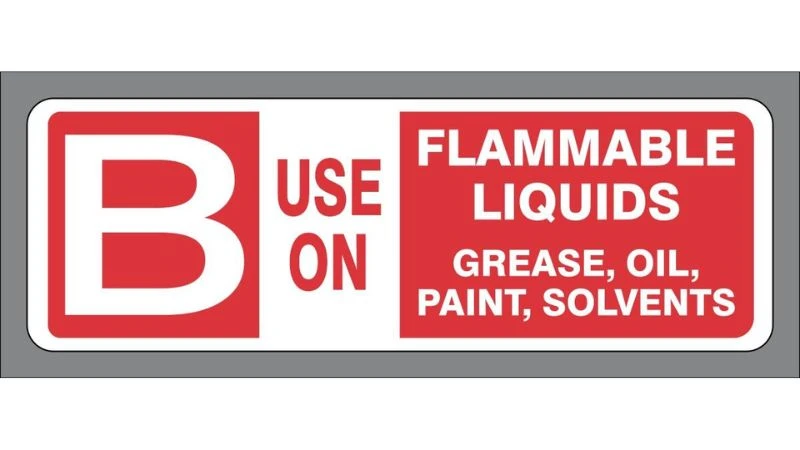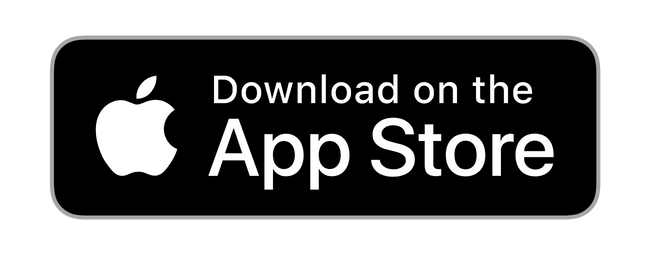
Want to know what the numbers on a boating fire extinguisher mean? Get the answer to this question and more in our free boating test study guide!
Curious about the numbers on a boating fire extinguisher? Look no further! In our free boating test study guide, we provide comprehensive answers to this question and more, ensuring you’re well-prepared for any boating safety examination.
Table of Contents
- All fire extinguishers are labeled with a letter and a number. What does the number indicate?
- What do the symbols on a fire extinguisher indicate?
- What type of fire can be put out safely with water?
- All fire extinguishers are labeled how?
- What does the letter b on a fire extinguisher indicate?
- A type _____________fire extinguisher is best to put out a gasoline fire in a boat.
- A motorboat is crossing paths with a pwc, what action should be taken?
- How are all fire extinguishers labeled?
- What do symbols on a fire extinguisher indicate?
- Tips for preparing for your boating test:
- Check out our other study guides for boating test questions
- Getting Certified: Passing your boat exam
All fire extinguishers are labeled with a letter and a number. What does the number indicate?
Fire extinguishers are labeled with a letter and a number, the number on a fire extinguisher is known as the extinguisher’s “fire rating” or “fire classification number.” It indicates the size of the fire that the extinguisher is designed to handle. The number is typically accompanied by a letter, such as A, B, C, D, or K, which denotes the types of fires the extinguisher is suitable for.
For example, a fire extinguisher labeled with “3A” would be effective for combating a Class A fire (involving ordinary combustibles like wood or paper) of moderate size. Similarly, a fire extinguisher labeled with “10B” would be capable of extinguishing a Class B fire (involving flammable liquids such as gasoline or oil) of larger magnitude.
In essence, the higher the number, the larger the fire the extinguisher can extinguish. This rating system helps users select the appropriate extinguisher based on the potential size and type of fire they may encounter.

What do the symbols on a fire extinguisher indicate?
The symbols on a fire extinguisher serve as visual indicators of the types of fires the extinguisher is suitable for and the classes of extinguishing agents it contains. These symbols typically include letters and/or pictograms to represent the classes of fires the extinguisher is designed to combat. Here’s a breakdown of common symbols:
- Letter Designations (A, B, C, D, K): Each letter corresponds to a specific class of fire:
-
- A: Ordinary combustibles (wood, paper, cloth)
- B: Flammable liquids (gasoline, oil, grease)
- C: Electrical fires (energized electrical equipment)
- D: Combustible metals (magnesium, sodium, potassium)
- K: Cooking oils and fats (commercial kitchens)
- Pictograms: These are internationally recognized symbols that provide quick visual cues about the extinguisher’s appropriate use. For example:
-
- A picture of a flame indicates the extinguisher is suitable for Class A fires.
- An electrical outlet with a lightning bolt represents Class C fires.
- A frying pan on fire signifies Class K fires.
By understanding these symbols, users can quickly identify the types of fires a particular extinguisher is designed to handle, ensuring safe and effective fire response. If you’re studying for a boat certification, be prepared for the common question what do the symbols on a fire extinguisher indicate and know that the answer is likely the letter designation and picture symbol.
What type of fire can be put out safely with water?
Water is effective for extinguishing Class A fires, which involve ordinary combustible materials such as wood, paper, cloth, and plastics. These fires typically produce glowing embers and are fueled by materials that leave behind ash when burned. Using water helps cool the fire and removes heat, ultimately smothering the flames and preventing re-ignition. However, water should not be used to extinguish fires involving flammable liquids, electrical equipment, combustible metals, or cooking oils/fats, as it can exacerbate these types of fires or pose electrocution hazards.
All fire extinguishers are labeled how?
All fire extinguishers are labeled with letters and numbers that indicate their classifications and capacities. The letters represent the types of fires the extinguisher is suitable for, such as Class A, B, C, D, or K, while the numbers denote the extinguisher’s capacity or effectiveness. For example, a 2A extinguisher is designed to combat Class A fires and has the equivalent firefighting capacity as 2.5 gallons of water. Similarly, a 10-B:C extinguisher is effective against Class B and Class C fires and can extinguish a fire involving flammable liquids and energized electrical equipment. Understanding these labels is crucial for selecting the appropriate extinguisher for specific fire hazards.
What does the letter b on a fire extinguisher indicate?
The letter “B” on a fire extinguisher indicates the class of fires that the extinguisher is suitable for. Specifically, Class B fires involve flammable liquids or gases, such as gasoline, oil, grease, and propane. Fire extinguishers labeled with the letter “B” are designed to extinguish these types of fires effectively.

A type _____________fire extinguisher is best to put out a gasoline fire in a boat.
For extinguishing a gasoline fire in a boat, it’s best to use a fire extinguisher labeled with the letter “B.” These extinguishers are specifically designed to tackle fires involving flammable liquids like gasoline. They typically contain agents such as dry chemical powder or foam, which can effectively smother the flames and prevent the fire from spreading further. It’s crucial to have the right type of extinguisher on board and to know how to use it safely in case of emergencies on the water.
A motorboat is crossing paths with a pwc, what action should be taken?
When a motorboat is crossing paths with a personal watercraft (PWC), the motorboat is usually the “give-way” vessel, and the PWC is the “stand-on” vessel. As the give-way vessel, the motorboat should take early and substantial action to keep well away from the PWC by either slowing down, stopping, or altering its course. The PWC, as the stand-on vessel, should maintain its course and speed, unless it becomes clear that the motorboat is not taking appropriate action to avoid a collision. It’s essential for both operators to remain vigilant, communicate clearly, and take necessary maneuvers to ensure safety and prevent accidents.
What is the second step of the operation of a fire extinguisher, as labeled on the side of the fire extinguisher in a pictograph format?
The second step of the operation of a fire extinguisher, as labeled on the side in pictograph format, typically involves pulling the safety pin or tag. This step is crucial as it prepares the extinguisher for use by removing the safety mechanism that prevents accidental discharge. After pulling the pin or tag, the extinguisher is ready to be aimed and discharged at the base of the fire to suppress it effectively.
How are all fire extinguishers labeled?
All fire extinguishers are labeled with a combination of letters and numbers that indicate the type(s) of fire they are designed to combat and their effectiveness. The labels include:
- Class A: For ordinary combustibles such as wood, paper, and cloth.
- Class B: For flammable liquids like gasoline, oil, and grease.
- Class C: For electrical fires involving live electrical equipment.
- Class D: For combustible metals such as magnesium and sodium (less common in general use).
- Class K: For kitchen fires involving cooking oils and fats.
The numbers preceding the letters indicate the fire extinguisher’s relative effectiveness for Class A and B fires, with higher numbers signifying greater effectiveness. For example, an extinguisher labeled “2A:10B” can be used on Class A, B, and C fires, with a moderate effectiveness rating for A and B classes.
It’s important to note that the labeling is standardized, making it easier for users to quickly identify the appropriate fire extinguisher for specific types of fires. If you’re asked how are fire extinguishers labeled, know that fire extinguishers are labeled with specific information to help users quickly identify their type, use, and maintenance requirements.
What do symbols on a fire extinguisher indicate?
Symbols on a fire extinguisher indicate the types of fires the extinguisher is designed to combat. These symbols help users quickly identify the correct extinguisher to use in an emergency. Each class symbol may be accompanied by pictures illustrating the types of fires they are used for, helping users make quick decisions during emergencies. For example, a Class A extinguisher might have a pictogram of a burning trash can and wood, while a Class B extinguisher might show a gasoline.
What do the symbols on a fire extinguisher indicate boat ed and exam material are available for free to students across the US and Canada. Join the community at Wavve Boating to learn even more.
Tips for preparing for your boating test:
Preparing for your boating test? Studying for a boat test in Florida? Here are some helpful tips to get you ready:
- Study the Boating Regulations: Familiarize yourself with the rules and regulations specific to boating in your area. Understand navigation rules, safety requirements, and any local laws governing watercraft operation.
- Take a Boating Safety Course: Consider enrolling in a boating safety course to enhance your knowledge and skills. These courses cover essential topics such as navigation, emergency procedures, and legal requirements.
- Practice Safe Boating Techniques: Learn and practice essential boating maneuvers, including docking, anchoring, and navigating in different weather conditions. Familiarize yourself with basic safety equipment and how to use it effectively.
- Know Your Boat: If you own or plan to operate a specific type of boat, take the time to become familiar with its features, controls, and handling characteristics. Understanding your boat’s capabilities and limitations is essential for safe operation.
- Stay Updated: Keep abreast of any updates or changes to boating regulations and safety guidelines. Stay informed about local weather forecasts and waterway conditions before heading out on the water.
Remember, proper preparation is key to safe and enjoyable boating experiences. Whether you’re in Florida or anywhere else in the country, our excellent guides can help you get ready for your boating test and navigate the waters with confidence.
Check out our other study guides for boating test questions
- How to dock a boat
- How to choose a marine gps app
- What Piece Of Equipment On A Boat Is Most Important In Preventing Propeller Strike Injuries?
Getting Certified: Passing your boat exam
Start your safe boating journey at boat-ed.com. Their accredited courses, recognized by NASBLA, the National Association of State Boating Law Administrators, make learning boater safety, etiquette, and water rules easy and accessible. With interactive courses available on all devices, prioritize safety as you prepare for your exam.
You can get a preview of what this, and other questions may look like on a boating test by visiting our friends at Boat-Ed. Check out their study guide.








